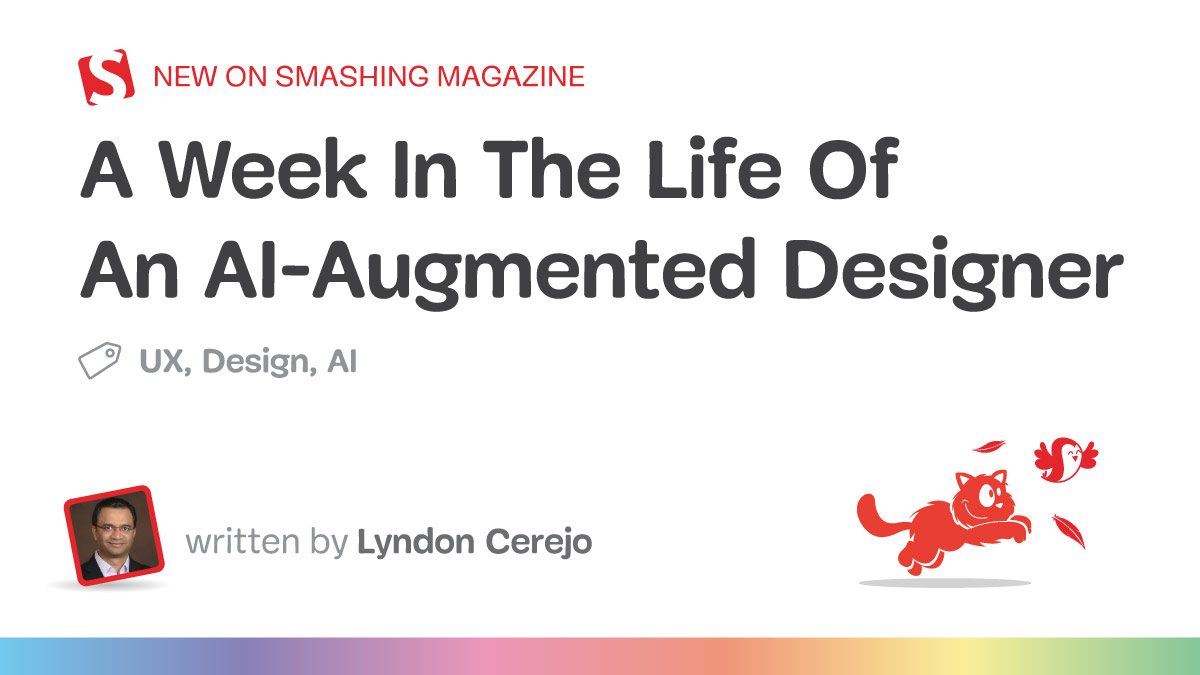
"Artificial Intelligence isn't new, but in November 2022, something changed. The launch of ChatGPT brought AI out of the background and into everyday life. Suddenly, interacting with a machine didn't feel technical - it felt conversational. Just this March, ChatGPT overtook Instagram and TikTok as the most downloaded app in the world. That level of adoption shows that millions of everyday users, not just developers or early adopters, are comfortable using AI in casual, conversational ways."
"UX designers, like Kate (who you'll meet shortly), have experienced something like this: Denial: "AI can't design like a human; it won't affect my workflow." Anger: "AI will ruin creativity. It's a threat to our craft." Bargaining: "Okay, maybe just for the boring tasks." Depression: "I can't keep up. What's the future of my skills?" Acceptance: "Alright, AI can free me up for more strategic, human work.""
Conversational AI reached mainstream awareness in late 2022 when ChatGPT made machine interaction feel natural and accessible. Rapid adoption illustrated growing user comfort with AI for answering questions, creative tasks, planning, and even emotional support. Designers experienced an emotional transition resembling the Kübler-Ross Change Curve, moving from denial and anger through bargaining and depression toward acceptance. Practical AI integration focuses on using AI to handle repetitive work, enable more strategic human tasks, and enhance creativity. Effective practice emphasizes experimenting with prompts, writing original prompts, and treating AI as a collaborator rather than a shortcut. A mid-level FinTech designer named Kate navigates an AI-augmented design sprint.
Read at Smashing Magazine
Unable to calculate read time
Collection
[
|
...
]